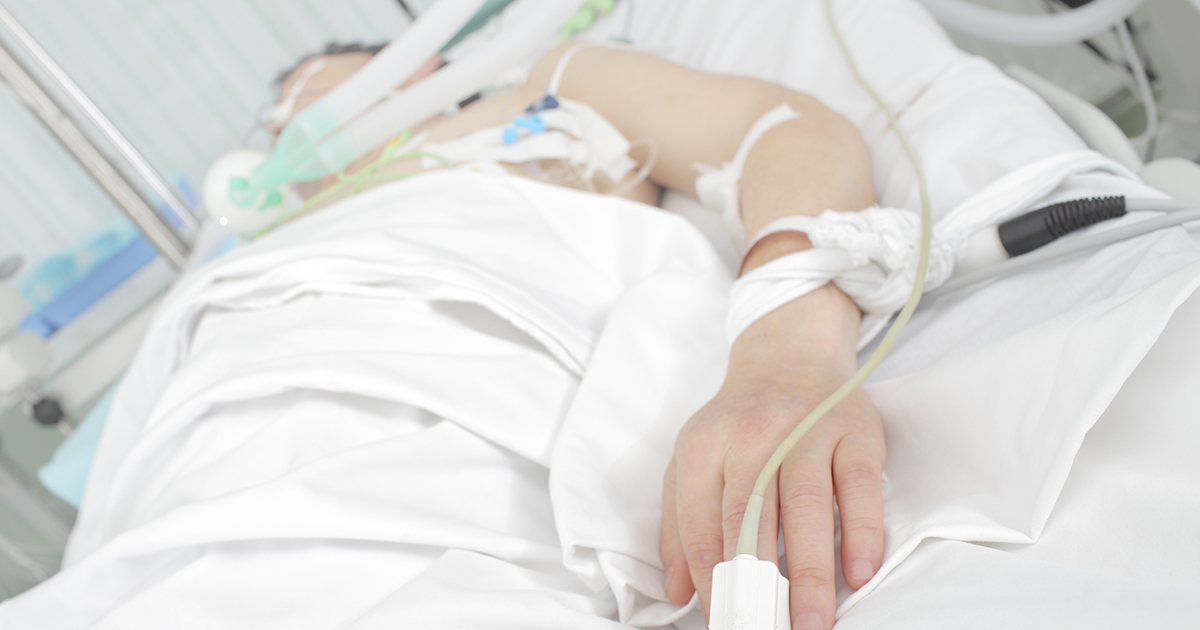Symptoms Of Meningococcemia
Bleeding Under The Skin

Bleeding under the skin is often an indication meningococcemia has become severe. When the infection first develops, small spots of blood form on the skin. These are known as petechiae, and they may be reddish or purple. Petechiae are a result of bleeding from the smaller blood vessels located near the surface of the skin. As the infection spreads, larger areas of bleeding under the skin develop, and these are known as purpura. While petechiae generally measure less than three millimeters, purpura are often between three to ten millimeters in size. When pressure is applied to the skin, both petechiae and purpura do not blanch. Patients who have one or both of these signs likely also have internal bleeding from an organ, and this can cause nosebleeds, coughing up blood, and blood in the urine. Meningococcemia can lead to bleeding disorders and problems with blood clotting. To control bleeding, doctors administer platelet replacement therapy. This involves injections of platelet-rich plasma, a part of the blood that supports cell growth and helps improve blood clotting. Patients may also need to receive blood transfusions to replace lost blood volume.